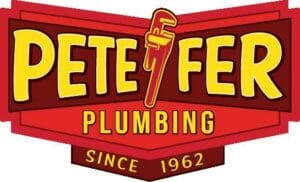If a heater is broken or malfunctioning, you may have some chilly days or nights and unnecessarily high energy bills. Our HVAC experts can diagnose and quickly fix a heater so you and others can be warm and cozy again.
Signs of a Heater Issue
Here are some of the common signs that will indicate a heating system is not working properly:
The heater is no longer producing heat. The unit may have a clogged air filter, broken gas ignitor, bound or tight motor, or a broken or loose fan belt.
You notice strange noises coming from the heater. Don’t ignore any banging, popping, whining, or scraping noises. This could indicate a major problem.
Your energy bills have drastically increased, which means the heater has likely stopped functioning normally. There may be a leak or a broken piece within the system.
When to Replace A Heater
The best time to replace a heater is before it fails. Here are some signs it’s time to buy a new one:
The heater is more than 15 years old. While many heaters are made to last for 20 to 30 years or more, it is not uncommon for them to start malfunctioning sooner than that, especially if they have not been properly maintained.
You notice excessive noises, like rattling or buzzing.
Your energy bills are increasing, but your usage isn’t.
The heater requires frequent repairs. It may be more cost-effective to replacethe unit instead.
Rooms are heating unevenly.
What to Consider When Replacing A Heating System
When you first start looking into options for heating systems, you may be overwhelmed with the different choices. Here are some important factors to consider when evaluating your options:
Energy Efficiency/Utility Costs: Some heating systems require less energy to operate than others.
Local Climate: If your home or building is in a colder climate, you’ll want a heating system that can effectively warm the space.
Type and Age of Your Home/Building: The size, age, structure, and layout of your home or building can all impact the effectiveness of certain heating systems.
Types of Heating Systems
Here’s a quick overview of the different types of heating systems and their benefits:
A forced-air heating system is the most common throughout the U.S. It uses both gas and oil to produce hot air and circulate it through air ducts.
A heat pump transfers heat energy from a cold space into a warmer space, moving air from one place to another. It is extremely energy efficient. However, heat pumps are not recommended for colder climates, where another heating source would be required to account for the extreme temperature differences.
Electric resistance provides heat through baseboard heaters, wall heaters, or electric radiant heat.
Boilers utilize hot water or steam to circulate heat and hot air throughout baseboard radiators or coils.
Contact us if you need help with heating repair. One of our HVAC service technicians can inspect your heating system, identify issues, and recommend the best repair or replacement solution. We’re also available to perform regular maintenance and inspections.

